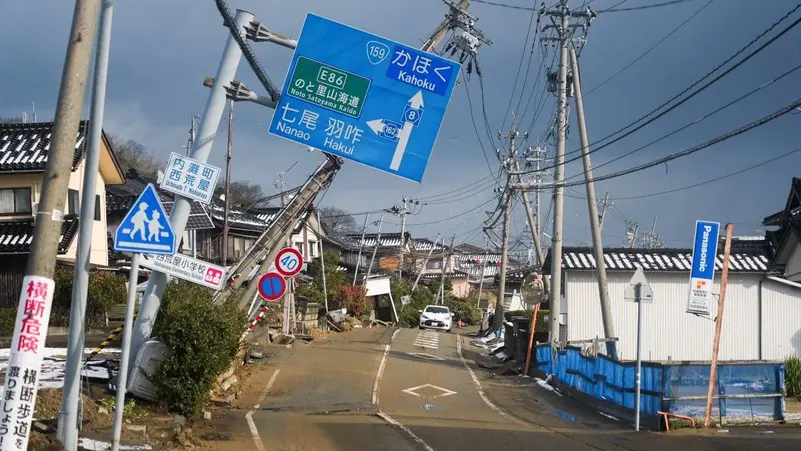A strong magnitude 5.9 earthquake shook central Japan on Monday but there was no tsunami warning, the Japan Meteorological Agency (JMA) said.
The shallow jolt, which hit at 6:31 am (2131 GMT), was centered in the Noto Peninsula, where a devastating quake on January 1 killed more than 230 people.
Local officials said there were no immediate reports of damage but they were still collecting information, public broadcaster NHK reported.
Monday morning’s earthquake was followed around 10 minutes later by a second, smaller magnitude-4.8 shake in the same area, the JMA said.
The operator of the Kashiwazaki-Kariwa nuclear plant in the region said it had suspended operations to check for damage, according to NHK.
On top of four major tectonic plates along the western edge of the Pacific “Ring of Fire”, Japan is one of the world’s most tectonically active countries.
The archipelago, home to around 125 million people, experiences around 1,500 jolts every year and accounts for around 18 percent of the world’s earthquakes.
The vast majority are mild, although the damage they cause varies according to their location and the depth below the Earth’s surface at which they strike.
Still, even large quakes usually cause little damage thanks to special construction techniques and strict building regulations in the world’s number four economy.


